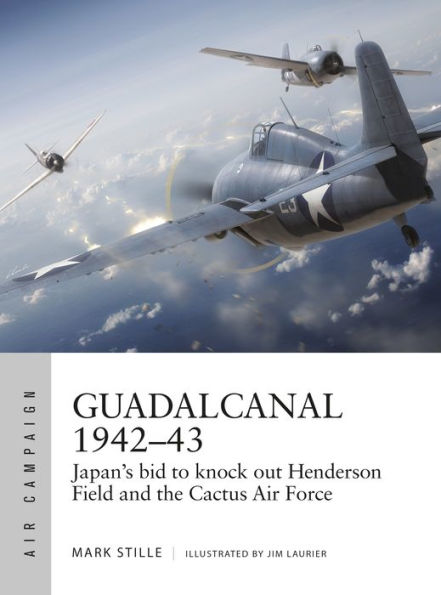5
1

Guadalcanal 1942-43: Japan's bid to knock out Henderson Field and the Cactus Air Force
96
Guadalcanal 1942-43: Japan's bid to knock out Henderson Field and the Cactus Air Force
96
25.0
In Stock

Product Details
| ISBN-13: | 9781472835512 |
|---|---|
| Publisher: | Bloomsbury USA |
| Publication date: | 11/26/2019 |
| Series: | Air Campaign , #13 |
| Pages: | 96 |
| Product dimensions: | 7.10(w) x 9.60(h) x 0.30(d) |
About the Author
From the B&N Reads Blog
